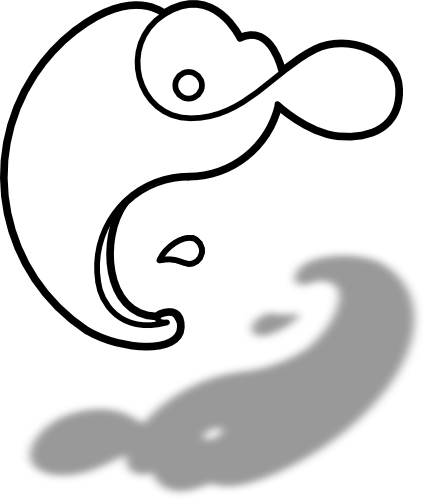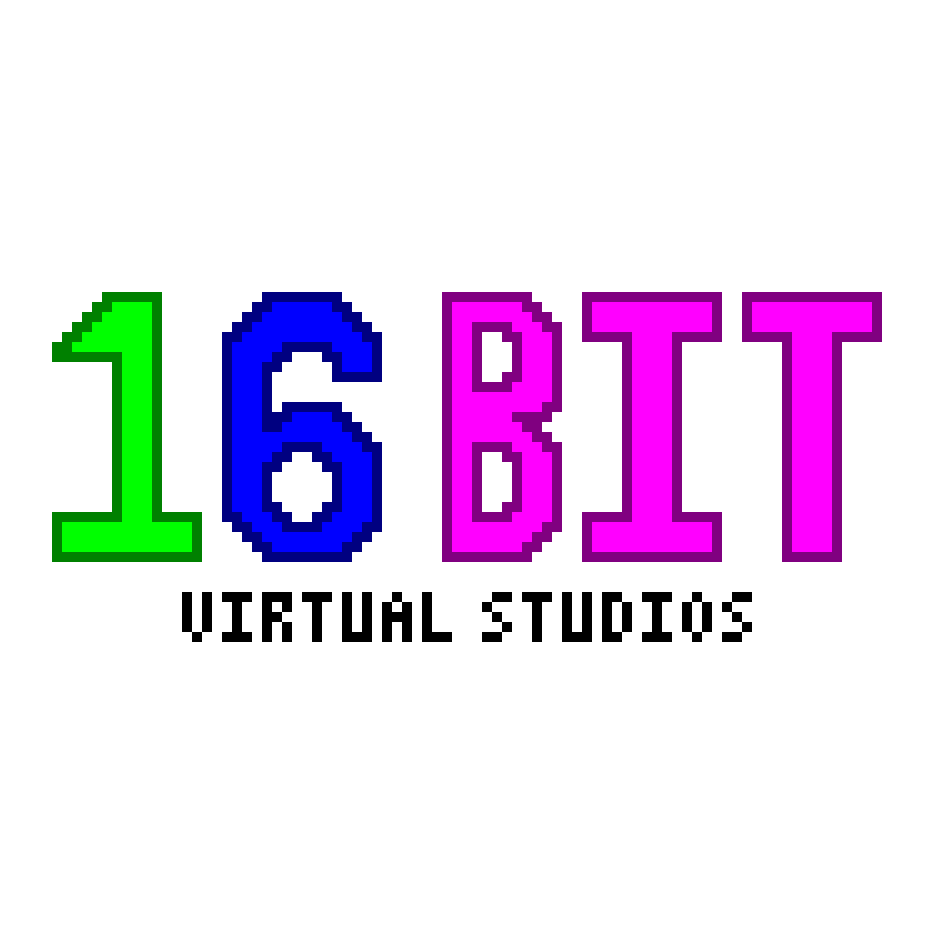I would love to print this case for my Sofle v2 keyboard. Since I don’t own a 3D printer (… yet) I would like to do this by using an online printing service like PCBWay. Before I order, I do have some questions, since I have never printed anything.
- What percentage of infill do you folks suggest? I was thinking 100% would be most stable.
- Would PLA be a good material? I was thinking on filling and sanding it.
- the project only has the parts for one side. Is there an easy way to mirror everything ?
- Do you guys know a good printing service in Tokyo?
If this is the wrong community please feel free to delete this post.
Infill has massively diminishing returns. I don’t think 100% is required. Usually it’s much better to increase the number outer layers.
That said, depending on the cost scaling, the possibly positive effects of extra mass, and how much I want to avoid a second attempt, massive objects can make some sense.PLA becomes brittle with moisture (from your hands and/or air). I would recomment PETG / ASA / ABS (ascending order).
Yes, basically all CAD and slicers (3d-printer software) can mirror. PrusaSlicer for example can mirror and then save to stl again.
In addition to what TheYang said, I wanted to note that the spec for 3d printed parts for Voron printers is:
4 walls 5 top/bottom layers 40% infill
These are parts designed for 3d printers, so they have to be pretty good. They recommend ASA or ABS because of the temperatures that the printers get up to. Most plastic parts you’re used to are ABS or something like it. Water bottles are PET which is similar to PETG, though of course they’re really thin so they’re super flimsy that way. Your part wouldn’t be flimsy, but the plastic would feel like strong PET. That’s not necessarily bad, just different.
Personally, I would recommend trying to find someone locally, and buying them a roll of a filament to print the parts for you. I’d budget $15-30 for each roll, and each roll will print 2.2 lbs of plastic parts, which should be more than enough for your stuff and some failures, and probably leave them some extra for their effort.
I think you can probably find someone who is also excited to see that keyboard come together and wants to be part of the build. And I think trying to print it online is going to be frustrating because there could be little mistakes that make the parts unusable that you won’t know to predict because you haven’t done it before. Or maybe not. It’s a gamble, IMO.
I’ll bet you whatever the yen equivalent of a nickel is you can find some like-minded nerd in Tokyo who’d print this for you. Not necessarily a commercial service. Ask around local/Japanese language hangouts for 3D printing enthusiasts and you’ll probably find someone willing to do it.
Try the JLCPB resin: https://jlc3dp.com/3d-printing-quote
For PCBway: For me, they are blacklisted. They screwed up my initial PCBl order by changing (without communication or disclosing that changes where made between quote and invoice) the quote/order. In particular, adding options that let the cost skyrocket without any additional value for me or even work for them. They tried a money grab.
the project only has the parts for one side. Is there an easy way to mirror everything ?
First make sure that you can mirror it to get the other half. If this is true download prusa slicer, drop the file in it, mirror, right click it and select save as STL.
Here’s my take on it, as someone who sells 3D printed things.
Infill percentage doesn’t matter as much as wall and top bottom thickness. My go to is 4 layers top, bottom, and walls. But for products I sell I usually do 25% infill, unless it’s very thin, like a stylus, then it’s 100%.
PLA is a good material for a lot of things. But for tactile things PETG and ABS are better.
And for the other two haven’t had the need to, at least not for a third party service seeing I have a 3D printer.
If this is the wrong community please feel free to delete this post.
Nah, you’re good.
Professional printing services are usually expensive, might be better to buy a second hand printer if you already plan to get one. Don’t know the market in Japan but I guess they will charge you much more than 50€ and you can get a second hand printer which originally cost 400€ for maybe 150-200€.
Unlike a 1000€ printer, you will have a learning curve but you can get as good looking print as a 1000€ printer. Main difference is plug and play (yet still have to learn slicer settings and how each settings interact with each others) and printing speed.
Also, while you may choose from printing services what material to use, I ain’t sure you can tell them what settings to use. As they are a printing services, you shall only tell them what those stl are used for and they should adapt according to their knowledge because they are much more than filling to take into account like walls, infill type, layer thickness, printing speed, print orientation…
Pla should be fine except maybe for the part that goes around the cylinder (depending force that is applied to it and thickness of part). In this case, petg or abs might be better
Instead of printing services, another possibility is to check the different fab lab in Tokyo, contact them and see what they offer.
- 20-50%, 4 walls (1.5mm+ thick)
- PLA should be fine, maybe PLA+. You can sand and fill both
- Mirroring is a simple button-click in the slicer, very easy to do
- no, but I’d contact a maker-space or find a person with one you can have print it. It will be cheaper that way. Maybe ask around on social media if any friends have one?
New Lemmy Post: Looking on advice on how to print this case (https://lemmy.world/post/10698680)
Tagging: #3dprinting(Replying in the OP of this thread (NOT THIS BOT!) will appear as a comment in the lemmy discussion.)
I am a FOSS bot. Check my README: https://github.com/db0/lemmy-tagginator/blob/main/README.md




